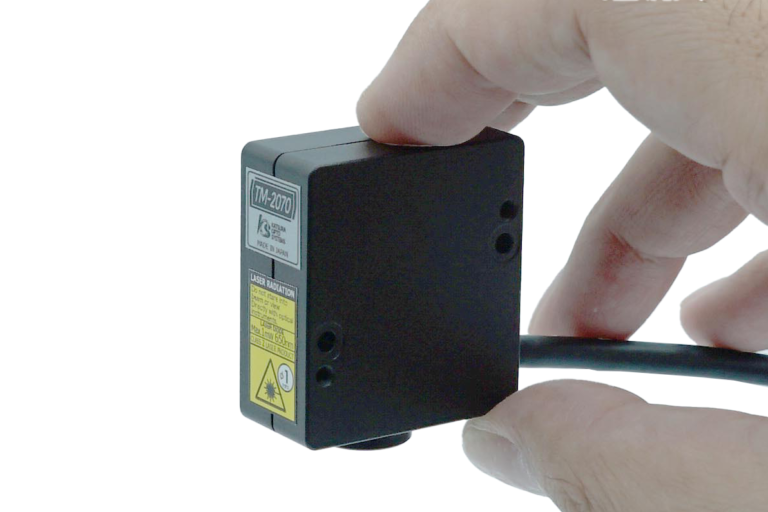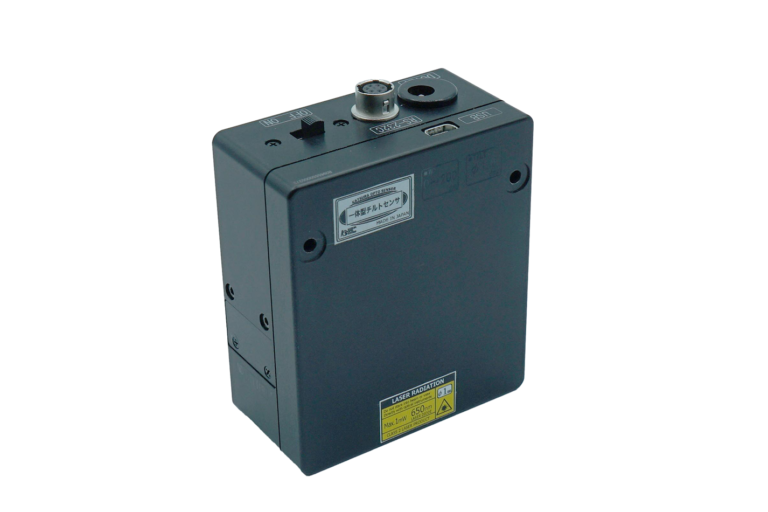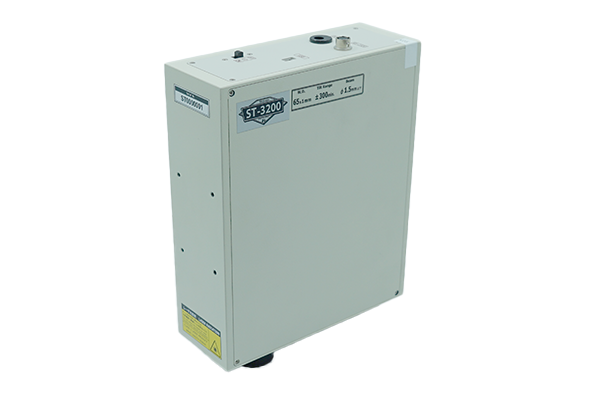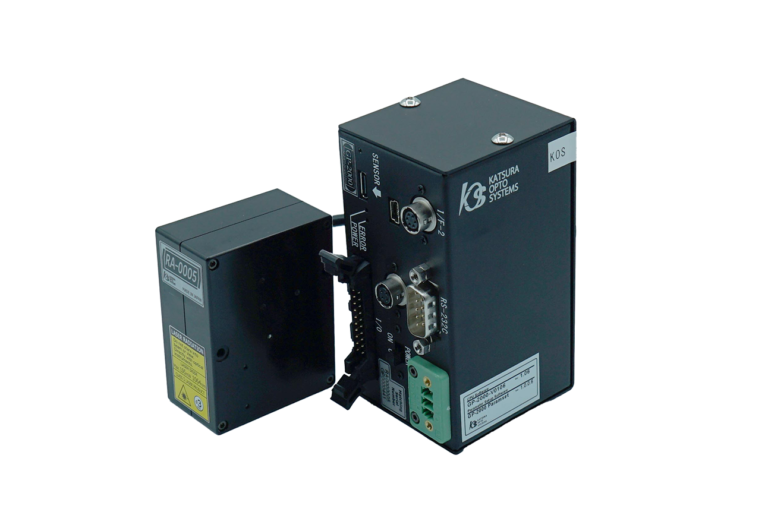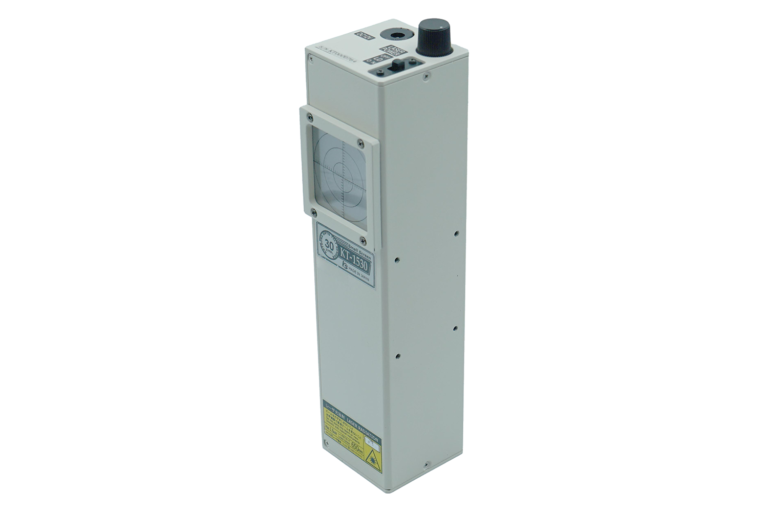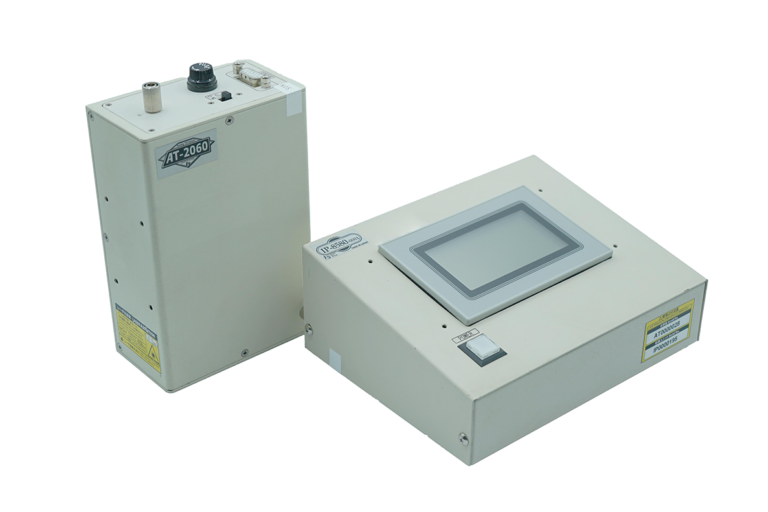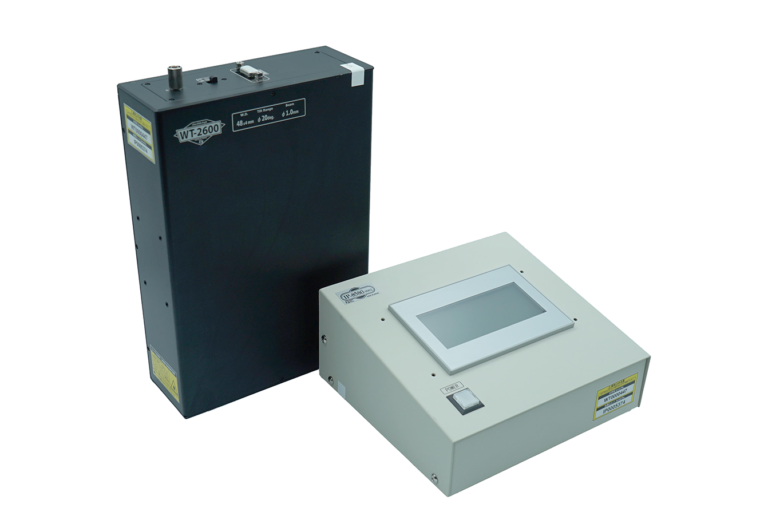An autocollimator (tilt sensor) is a non-contact angle measuring instrument using a laser.
The autocollimator at the time of its launch in 1995 was not easy to use because of its size like an astronomical telescope, and the sensor we marketed was the size of one hand, To distinguish itself from conventional images, it was marketed as a “tilt sensor.
